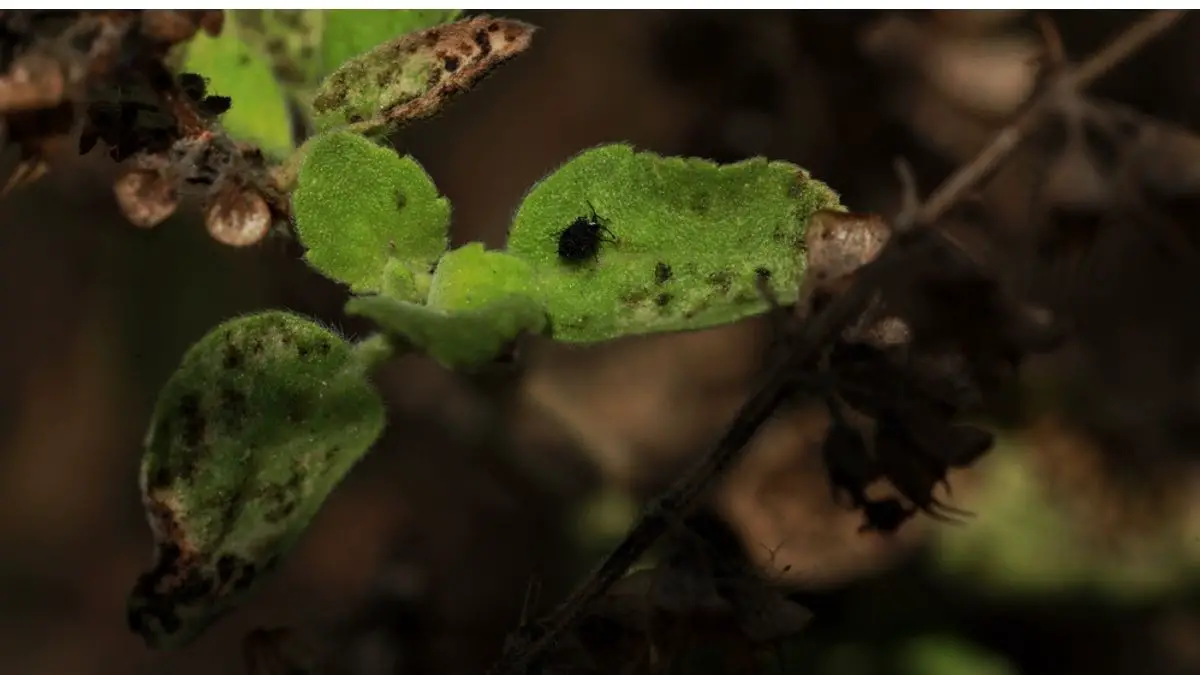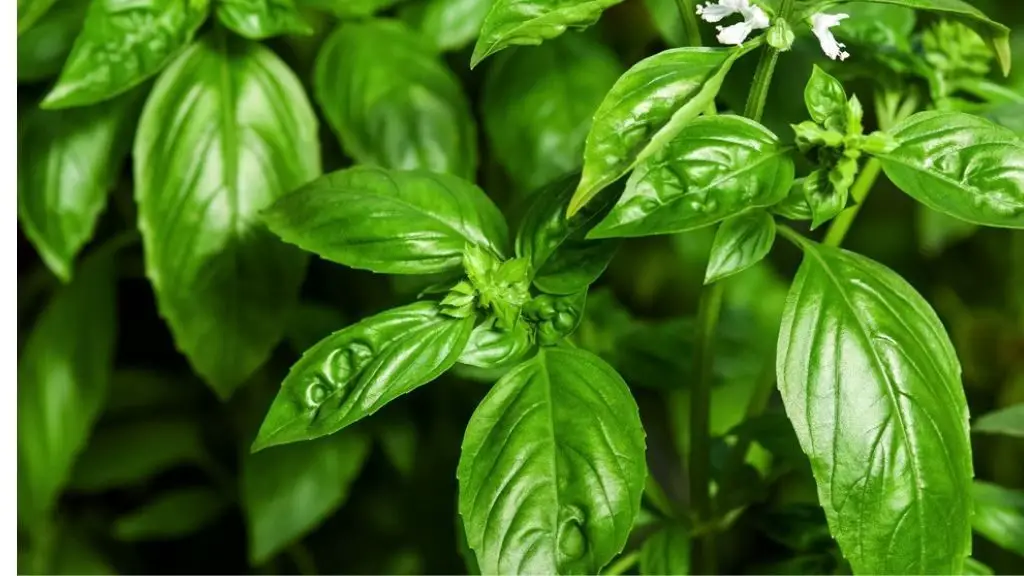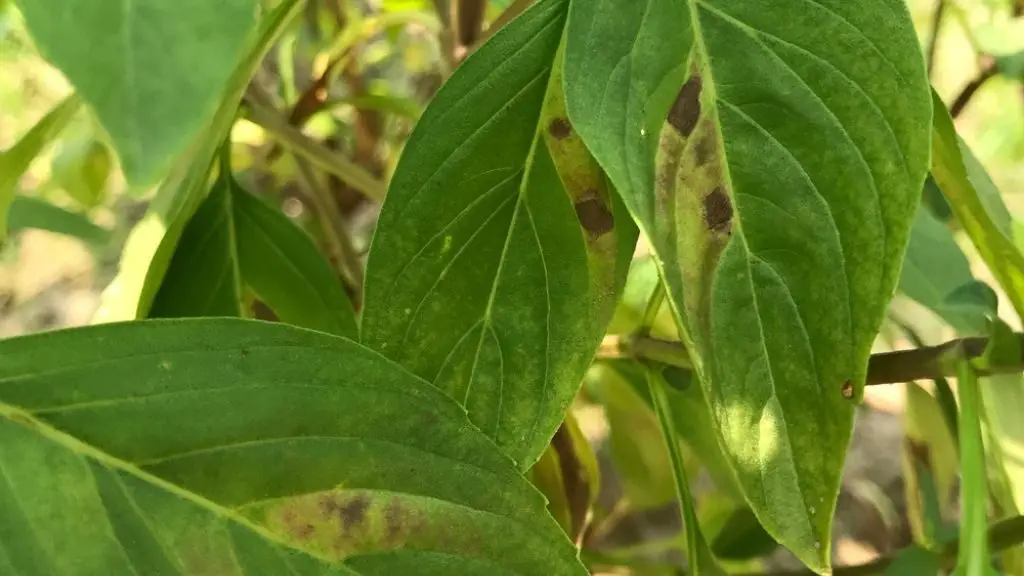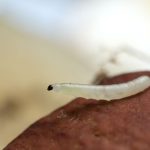What Causes Black Dots on Basil Leaves? Know the Reasons

Basils are widely grown for their aromatic leaves that are added to foods and drinks. Those who love to cook and do gardening definitely grow basil. They are easy to grow but sometimes you may observe Black Dots on Basil Leaves.
There is a hot mess on the internet about Basil plant problems in general and about these black dots in particular. That is why we have decided to tell you all about the black dots, their reasons, and how they can be treated. Read till the end as you don’t have to go anywhere to know about basil problems after reading this article.
Let’s start with the general introduction of the Basil plant!
What is Basil?
Basil (Ocimum basilicum) is an annual herb that belongs to the mint family. This plant is considered native to India and is widely grown in the Mediterranean region. However, its popularity is worldwide and the reason is its leaves (which is why basil is also known as sweet basil).
Basil is grown due to the aromatic leaves. So, what do you do with them? Well, Basil fresh or dried leaves are used to flavor meat, tea, salad, sauce, and much more.
Basil leaf is oval in shape with slightly cupped-up edges. If you go near them, you will smell a pleasing aroma. Moreover, freezing fresh basil is also recommended to preserve its aroma and texture.

Basil Diseases: Common Basil Plant Problems
Different kinds of problems affect plants during their growing season and basil plants are no exception as well. Basil plants can get affected due to different problems.
The basil problems are:
1) Fungus diseases (Fusarium wilt, Cercospora leaf spot, root rot, etc)
2) Blight
3) Downy Mildew
4) Insects (Aphids, thrips, etc)
5) Frost
6) Heat Stress
The most common problem a grower experience is black dots on basil leaves.
What are the Black Dots on my Basil Leaves?
The most common and annoying problem of basil is black spots on the leaves. Some spots are larger while some spots are smaller. Some are present on the edges of the leaves while some are present in the center. Despite their size or action, black spots are undesirable and you should know about the causes of these spots and how you can treat them. But what does black spots on basil mean?
The Black Dots on Basil plant leaves means your plant is facing the following problems:
- Insects
- Fungal and bacterial diseases
- Downy Mildew
- SunBurn
- Extreme Cold/Frost
Insects
Insects like thrips, aphids, and mites can cause tiny spots on the basil leaf. Let’s discuss thrips first. Thrips are usually black in color, however, their color may vary in some areas. They feed on the leaves by sucking the sap from them. Then, they defecate on the leaves which appear as tiny black dots on basil leaves.
Aphids are another insects that cause small black dots. After feeding, aphids release honeydew which is black and sticky. These appear as little black dots on basil leaves.
Fungal and bacterial Diseases
Now, let’s discuss basil diseases that harm the plant. The following diseases cause black dots on basil leaves.
Cercospora Leaf Spot is a fungal disease that causes dark spots to appear on the leaves. If the surrounding is warm and wet, then it is suitable for this fungus to attack.
The black spots caused by Cercospora are large and round. When the infected basil leaf dies, a hole is formed where a black spot was made.
Bacterial leaf spot (Pseudomonas Cichorii) causes black spots to form on the leaves. This disease occurs when the humidity is high. Black spots caused by Bacteria are quite large as compared to those formed due to fungus attacks.
Downy Mildew
Basil Downy mildew occurs due to white to grayish, cotton-like fungi when the environment is cool and humid. In Downy Mildew, the spots first appear light brown on the underside of the leaves. But as the infection develops, the spots start appearing on the upper part of the leaf as well. After some time, you will see basil leaves turning yellow with brown spots. Then, the spots will start turning darker.
If you don’t start treatment soon, then this disease can even kill your plants. Out of curiosity, people search basil pests and diseases pictures. Well, check out how Downy Mildew looks:

Sunburn
Sunburn is another cause of black spots on basil leaves. Typically, those living in the northern latitudes face this problem. When excessive light falls on the plant, irregular black spots start to form on leaves (typically on the edges, but not always).
Cold Environment & Frost
Just like Heat damage, Cold can also cause black dots on basil plant leaves. Imagine one day you sleep thinking your basil plant is growing healthy, but the next day you wake up and see black spots. Yes, this happens frequently and the reason is the low temperature at night. Below 40 Fahrenheit causes leaf tissue damage in basil plants. That is why people experience the problem of basil leaves turning black in Refrigerator.
Black spots due to cold are formed on the tips or edges of the leaves. This is different from the fungi attacks in which black spots can be formed anywhere on the basil leaf. Moreover, black spots can also appear on stems due to fungal infection. This does not happen if the reason is a cold environment.
Cold causes tiny black dots on basil leaves but frost causes large and darker black spots. To determine whether the spots are due to frost or not, check the topmost leaves. The topmost leaves are the young leaves of plants that are highly vulnerable to frost damage.
Is infected basil safe to eat?
People often ask, can you eat basil leaves with black spots. Well, Experts do not recommend eating infected basil leaves. If you see black or brown spots on basil leaves, then it is better to discard them.
Even if the spots are slimy and very few, yet they will give a bitter taste and ruin your food or drink. But they don’t harm human health. People often ask, Are black spots on basil leaves safe to eat? And the answer is yes, but they taste really bad!
How to treat black spots on basil leaves?
When you spot the black spots on a basil leaf, then it is time you do something. Black spots on basil treatment are pretty easy. Check out what are they:
Treatment of frost damage
If the plants are exposed to extreme cold or frost, then it means you have either planted too early or too late. But now it is not the time to think about this mistake. If you are growing basil plant outdoor, then you can either cover it up with a frost cloth to avoid more damage, or you can pot it up and shift it indoors. Before shifting it indoors, cut off all the leaves that have black spots on them.
Moreover, make sure you don’t place the pots near the window as cool air still passes through which will affect the plants. It is also not desirable as fungi and different disease attacks happen when the surrounding is cool. So, putting the pots in a suitable location is necessary.
You can also mulch the soil to warm the roots of the basil plant.
Treatment of fungal infections
To start the treatment of fungal infections, do the following things as a priority:
First of all, Cut off all the infected leaves first and dispose of them in a proper location far away from plants.
Then comes the second step. As the basil plant is thick, start the trimming so that air circulation improves. The more air circulation, the lower the chances of a fungal attack.
Now you can apply different fungicides as a treatment. You should also do this while dealing with another common problem powdery mildew which causes white spots on basil leaves.
Treatment of Sunburn
To avoid sunburn, you can provide shade to outdoor plants. Furthermore, if plants are in pots, then you can shift them to a location where sunlight is moderate. You can also shift the pots indoors when plants have received a few hours of sunlight.
Treatment of insect infestation
Getting rid of insects is also important to get a high yield. For this, you have to follow these recommendations:
1) You can apply Neem oil solution directly to the plants. However, since neem oil is bitter in taste, it is not recommended.
2) You can use beneficial insects like ladybird beetles to get the population of bad insects in control.
3) You can apply pesticides if the population goes way out of control. But it must be the last option as pesticide contains chemicals that are harmful to humans. Keep one thing in mind that you apply the pesticides right after dawn. After this time, insects go into hiding and the application of pesticides won’t be effective then.
4) Use those basil varieties that are insect-pest resistant.
Final Words
All-inclusive, Black Dots on Basil Leaves should be taken seriously and you should start treatment as soon as possible. A smart grower first pin-points the cause and then opts for the solution. The causes of the black spots are insects, fungus, downy mildew, sunburn, and frost. After identifying the reason, it is super important you start the treatment immediately. If you don’t, basil plants may even die as well. So, don’t let this happen and follow what we have recommended above!
FAQs
Is it OK to use basil with black spots?
People ask, can you use basil with black spots, and the answer is No! It is not recommended to use basil with black spots. Although consuming such basil will not cause any harm to human health, however, the taste will be bitter due to the infection.
But if the black spots are not slimy and are in fewer numbers, then you can use such a leaf.
How do you treat black spots on basil?
Black spots formation can be due to fungus, bacteria, insects, sunburn, and frost. So, identify the reason and start the treatment immediately. If the reason is a fungal and bacterial disease, then trim your plants, remove the infected leaves and apply fungicides and other sprays. If the reason is insects, then use neem oil or other pesticides.
Similarly, if the reason is frost, then cover the plant with the frost cloth or transplant them into the pots and shift them indoors. An indoor basil plant also produces aromatic leaves.
How do I get rid of little black bugs on my basil plant?
You can get rid of black bugs by applying neem oil, insecticidal soap, or pesticide application, or by releasing beneficial insects like ladybird battles, lacewings, etc.
What insect leaves black dots on leaves?
If you are wondering what is the black on basil leaves? Then chances are these might be insects’ feces. Thrips, aphids, and mites leave black spots on the leaf. These insects feed on the basil leaves and the black spots you see are their feces.
Related Topics








